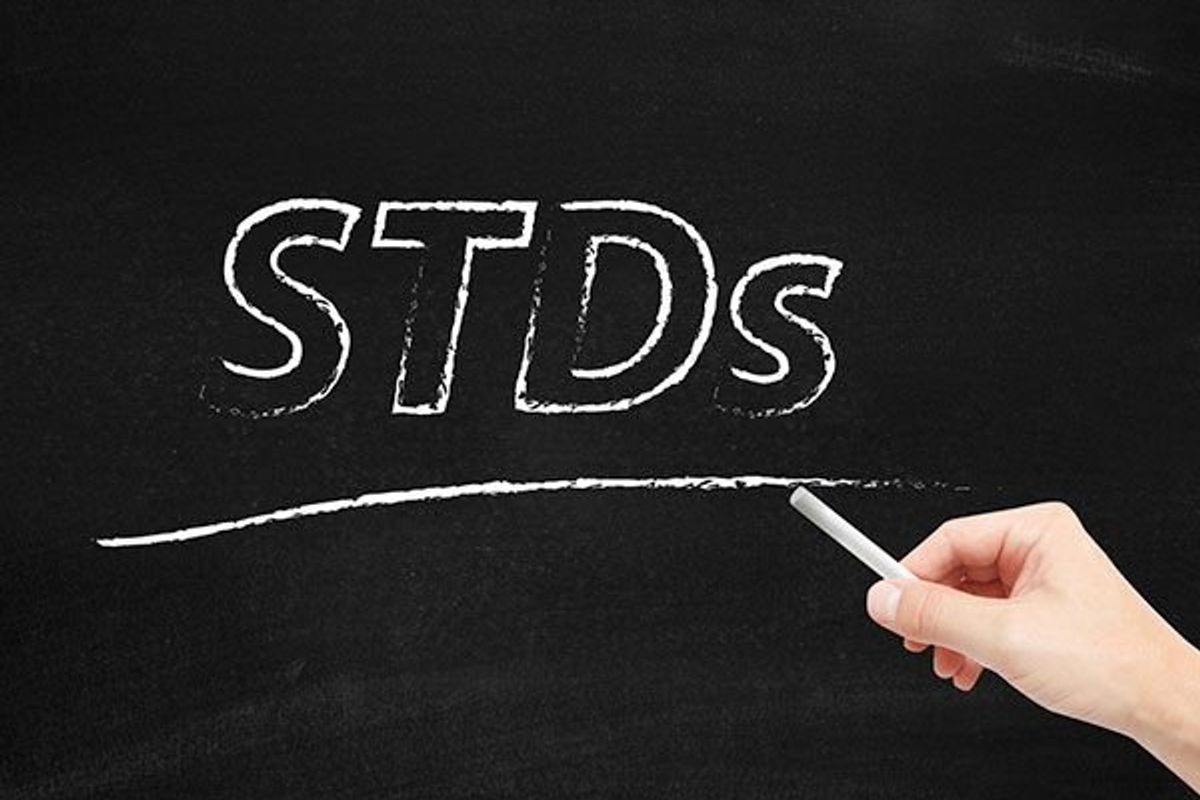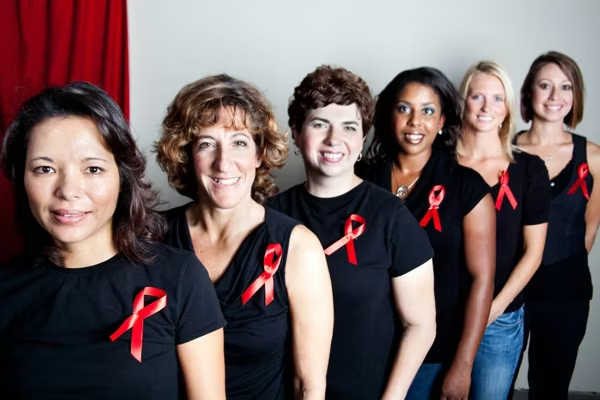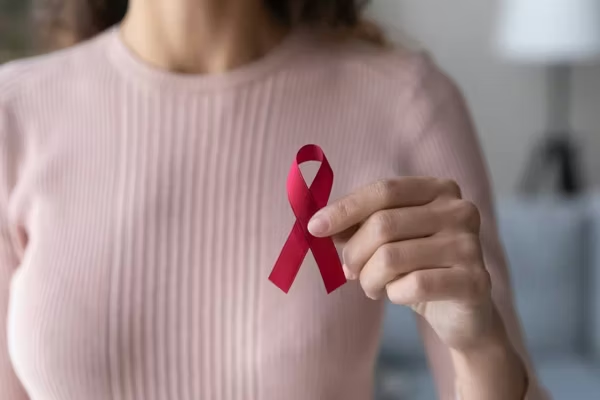By Natalia Gurevich, SWHR Communications Intern
Chlamydia, herpes, HIV—most of these probably sound familiar to you, especially if you are (or have been) sexually active. But how much do you really know about them? Many schools require that students take a comprehensive sex education course by age 14, so most of us received some form of "the birds and the bees" talk in a classroom—usually accompanied by the trials and tribulations of putting a condom on a banana.
Sexually transmitted diseases (STDs) are also usually discussed in sex education, and methods of preventing them are emphasized. However, it's not often that we learn about the stigma, social implications, and overall psychological implications of STDs.
Before enrolling in a human sexuality course in college, I wasn't aware of the social and psychological stigma attached to STDs. Around that time, I realized there was a high prevalence of STDs within my age group and even within my social circle.
These foreign terms I learned about at the age of 14 weren't so foreign after all. I realized that STDs affect a staggering number of individuals in my age group, and that far too many people are afraid to open up about them, fearing social repercussion.
In 2015, the Centers for Disease Control and Prevention (CDC) reported that cases of three nationally prevalent STDs (gonorrhea, syphilis and chlamydia) were rising rapidly.1 Fifty percent of new infections occur in young people, ages 15 to 24, even though this demographic only represents a quarter of people who have had sex.2
According to the American Sexual Health Association, one in two people will contract an STD before the age of 25.3 This does not include the vast majority of cases that go unreported. Even though CDC reports reveal 110 million cases of STDs in the United States—about 50.5 million in men and 59.5 million in women2—it is likely there are many more.
There is a high discrepancy in reported cases between men and women, with STDs disproportionately affecting women. And the effects on women can be more severe. Ten percent to 20 percent of women infected with gonorrhea and chlamydia develop one of the most serious complications: pelvic inflammatory disease (PID). PID can lead to even more serious consequences, like infertility and potentially fatal ectopic pregnancy.4
Despite recommendations from the CDC and the U.S. Preventive Services Task Force for annual chlamydia and gonorrhea screening for sexually active women younger than 25, experts are concerned that not enough women get tested and therefore don't know they are infected.1
Even though STDs are more common than many people believe—particularly in young people— the stigma surrounding STDs prevails. Much of that stigma is associated with judgment and preconceived notions about sex. It only takes one partner to become infected. Sometimes, it doesn't take any partner; some infections can occur from various circumstances and types of contact.
Because many STDs are asymptomatic—that is, they don't show any symptoms—it's important to get tested regularly. Without testing, diseases can be spread without individuals realizing it.5
If you are under the age of 25 and infected, you are not alone. Learn more about what you can do to protect yourself and others at the Society for Women's Health Research (SWHR®) website.
Even if you aren't infected now, there's a possibility you might be later. SWHR believes that education and information about our bodies empowers us. If you aren't sure about your STD status, contact your health care provider and find out what tests are available to you.
Follow Society for Women's Health Research on Twitter: www.twitter.com/SWHR
More:
References:
1. https://www.cdc.gov/nchhstp/newsroom/2015/std-surveillance-report-press-release.html
2. https://www.livescience.com/48100-sexually-transmitted-infections-50-states-map.html
3. https://www.ashasexualhealth.org/stds_a_to_z/#
4. https://www.cdc.gov/std/statistics/default.htm
5. https://www.verywell.com/the-stigma-stds-have-in-society-3133101





